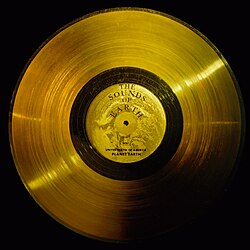Did you know the Russians landed on Venus and took pictures?
Venera: http://en.wikipedia.org/wiki/Venera
It's funny how people have no idea how much was done in a few years in the 60s/70s and so little since.
ESA landed on Saturn's moon, Titan: http://en.wikipedia.org/wiki/Huygens_(spacecraft)
When I was a kid, I was always fascinated with the other planets. Mars didn't interest me, although I did read as much as I could on the Viking missions. I was always fascinated with Venus since it's atmosphere was more active than Mars. We never learned a single thing in any of my science classes about the Venus missions, so I had to read up on it myself. It's a shame, because the high temps and crushing pressures were really fascinating. I wish we'd send a lander there ourselves. I never understood why they couldn't make one able to withstand the surface conditions since we've got deep sea vehicles that can withstand the Marianas Trench's 110MPa, whereas Venus' surface is some 9MPa.
I was also most-amazed by the Voyager missions, as they represent man's furthest reaches into the universe.
Cassinia-Huygens was also something I waited a long time to see. It's a shame they couldn't sent a rover that could last as long as Pathfinder, but I assume that might have something to do with battery power due to cloud cover. I hope it returned enough information about the atmosphere and surface conditions that maybe we can send a rover there someday that operates on the methane in the air and can last a few months or years and do some good research.
Mars is our most-sterile neighbor, and we've been able to observe its surface for a long time. I've just never been that interested in it. Manned Mars missions aren't likely to happen in my lifetime, so I selfishly want to gather as much information as we can about the rest of the solar system and galaxy before my time is up. PEACE.











